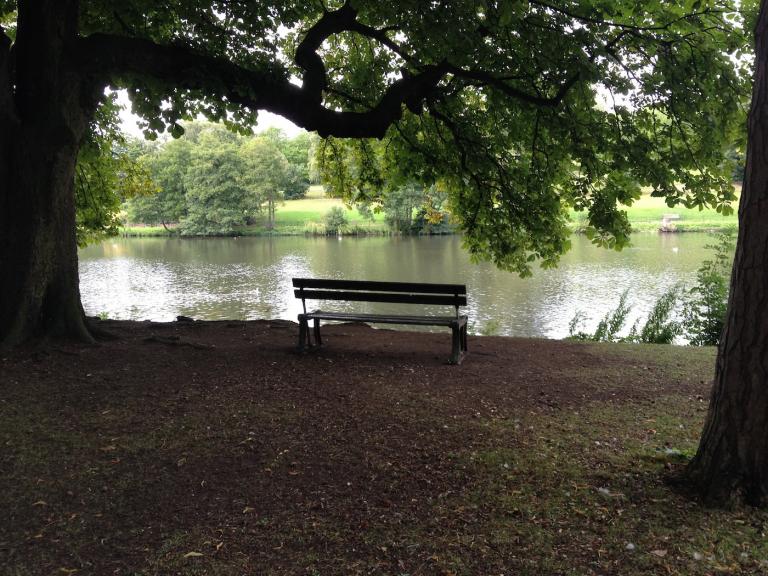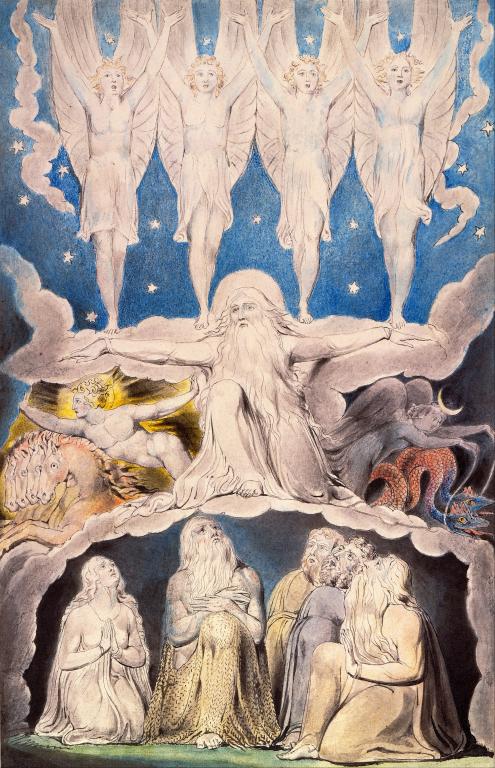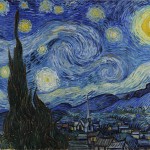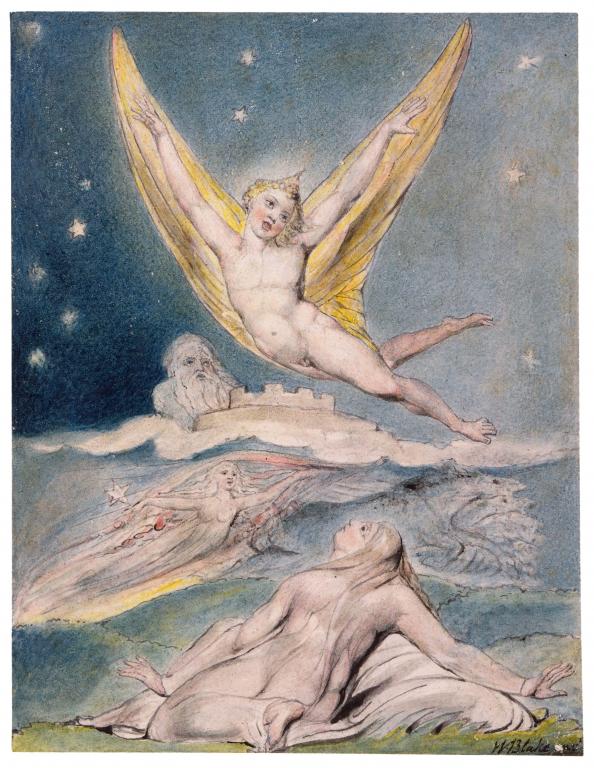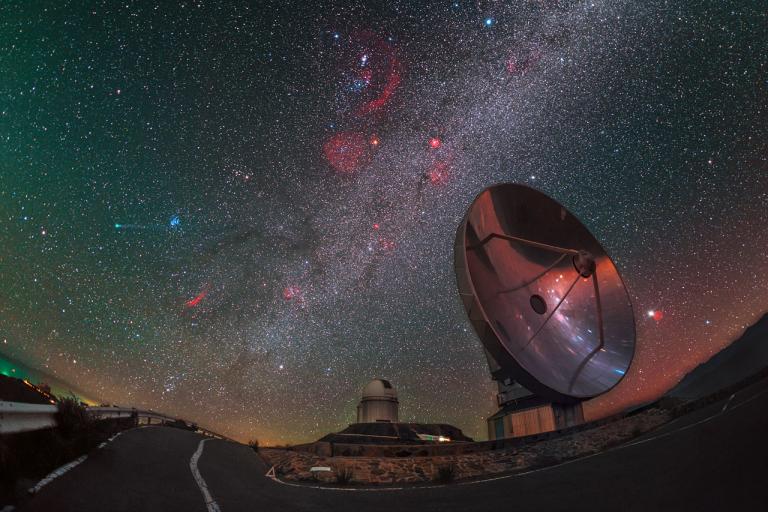
Ordinary Time
All Souls Day 2018
The Edge of Elfland
Manchester, NH
Dearest Readers,
As I continue my slow work on my Reclaiming the Discarded Image, I have been re-reading Lewis’s Out of the Silent Planet, Perelandra, and That Hideous Strength. In fact, just last night I finally began That Hideous Strength, my personal favorite out of the trilogy. One of my chief complaints over the years, however, has been the collective name for this Trilogy. While a few people, mostly scholars, occasionally call it the Ransom Trilogy, most know it as the Space Trilogy. In fact, this is how they are titled on my copy of That Hideous Strength and how one volume copies are often titled. Yet that very title violates in large part the nature and point of the books themselves.
Now, I have heard Dr. Michael Ward argue that Lewis’s trilogy are primarily about sex and gender (and I think he’s right about that). Nevertheless, I still believe that one of the other chief purposes of these books is to introduce readers to the origin of myth through an updated medieval understanding of the universe. In short, the books are meant to introduce us to the notion of cosmos, a created and ordered whole. Thus, I believe we should call the trilogy the Cosmic Trilogy as it, I believe, better describes these three books.
First, the Space Trilogy is rejected as a possible title from within Out of the Silent Planet. Ransom rejects the word space to describe the ocean in which the planets swim: “Now the very name “Space” seemed a blasphemous libel for this empyrean ocean of radiance in which they swam…. Older thinkers had been wiser when they named it simply the heavens––the heavens which declared the glory….” This line alone ought to make it clear that the Space Trilogy is the most unfitting, and therefore ugly and violent, title for these three books. Lewis is trying to get us to reject the notion that space or vacuum, that is emptiness, is what “fills the void” between the planets and stars. It isn’t empty space but presence, light, an aether through which the planets dance. And yet we can, I think, even reject now the possible title caused by this line, the Heavenly Trilogy, since this connotes something different today than it would have to our medieval ancestors (who would have heard in it both our meaning and a description of the universe).
Second, the title is inaccurate as not every story in the trilogy takes place in space properly speaking. In fact, one could argue that very little of any of the three books actually takes place in space as much more time is spent on a planet. But even leaving that aside, the third and final book is entirely terrestrial. No one travels to or through space. Even the oyarses (guiding, angelic intelligences for the planets) do not, properly speaking travel through space when they visit Ransom and Merlin in the Blue Room. Rather, they live in it in such a way that violates it as space and is rather called the Fields of Arbol. But that aside, the setting of That Hideous Strength is decidedly terrestrial and thus the Space Trilogy is a title that does not fit the content.
The other possible title, the Ransom Trilogy, I also reject as it is not descriptive of the content of the books. Yes, Ransom appears in each book and is the chief protagonist of the first two. But still, Ransom understands that he on his own is no one particularly special. So calling the trilogy after him would go against Ransom’s own understanding of his place in these stories. What is more, Ransom is a secondary character for most of That Hideous Strength; while he is like Arthur in much Arthurian literature, appearing as the context around which these stories are being told, that is not enough of a reason, for me, to call the series after him, especially since he is not the context of the first two stories but an actor in them. No, the Ransom Trilogy does not work either.
And so, what are we left with? I believe the only answer that fits what the books are trying to do and accurately describes them is the Cosmic Trilogy. Seeing the universe as cosmic, that is ordered, is precisely what Lewis is doing in these books. The first two while serving as a discussion of sex also serve as the origin of myth. On Malacandra we meet the reality behind our stories of giants and cyclops, we make come true that faeriean desire to talk with “animals”. On Perelandra we meet Adam and Eve but in new skin, we see the beginning of history, and we even meet, or see in a fleeting moment, elves. And of course, we meet the angels who guide the planets through their spheres as our ancient and medieval ancestors believed they did. In other words, we see the ordered whole, we see that even the heavens are connected to what happens on Earth. And even the discussion of sex is cosmic, both as Lewis depicts the gods as sexed but genderless and as he discusses the relationships between the sexes here on earth. No matter which way you slice it, these books are arguing that all things in creation are connected to one another and have been ordered in a particular way.
So, I call on all of you and the people who publish Lewis’s work, stop calling Out of the Silent Planet, Perelandra, and That Hideous Strength the Space or Ransom Trilogy and rather begin calling them the Cosmic Trilogy. Doing so will not only be more accurate, but may actually help us better understand the story––and thus the way of seeing things––Lewis is trying to describe to us.
Sincerely,
David Russell Mosley


